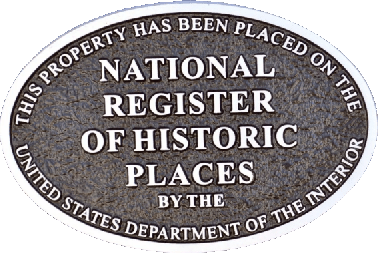About the Church

The former Zion Lutheran Church was originally constructed onsite at the Herington Army Air Field in 1942 during WWII and served as a chapel for approximately 3 years. This airfield was a staging area for overseas deployment of heavy bombers and their crews. Per request of Eleanor Roosevelt, cantonments were to include a multi-denominational chapel designed to resemble the small county churches that dotted our nation's countryside, to be a place of spiritual comfort for the soldiers. This church still retains most of its original chapel features and is an extraordinary example of a relatively intact WWII Series 800 cantonment chapel. A recent submittal to the Kansas Historical Society has determined that it is potentially eligible for both the State and National Historic Register. A nomination form for these registers will be submitted soon.
A famous Kansan from Pilsen, Kansas, Chaplain Emil J. Kapaun, Medal of Honor recipient, and currently under process of canonization for Sainthood in the Catholic Church, was chaplain at the chapel (moved eventually to Latimer) while at Herington Army Air Field, and was a prisoner of war during the Korean War where he provided comfort and ministry to fellow prisoners. He died May 23, 1951 in a POW camp in North Korea.
When the war ended, the Zion Lutheran Congregation of Latimer, established in 1910, purchased the church in 1946 and moved the chapel in one piece to the current location at 106 Main Street in Latimer. It was dedicated on May 1, 1949 and has since served as the Zion Lutheran Church for 72 years, until its closing on December 26, 2021.
Historically, it is an example of a German settlement community and of the 1861 Lutheran ministry expansion in central Kansas This church served the town of Latimer and the larger Clarks Creek Township area and was a focal point of the community, therefore holds many special memories with much local heritage and history with all the years of the activities and services that occurred and will continue to be a source of much genealogical information to the surrounding community.

